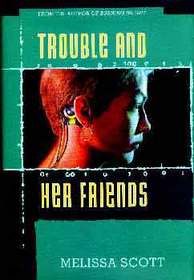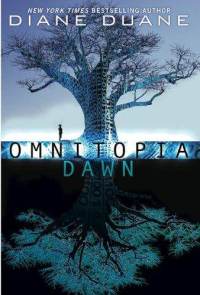A couple of days ago James Nicoll linked to Jeanne Gomoll’s open letter to Joanna Russ which I hadn’t seen before. Written around the time William Gibson’s seminal cyberpunk collection Burning Chrome was published, it talked about how Bruce Sterling’s editorial in it rewrote seventies science fiction history, turning the seventies from a decade that explored the boundaries of science fiction and opened up the genre to writers with a greater range of backgroundsrs into something that was just a bit dull. Something which Gommoll argued was systemic for how science fiction fandom was remembering the seventies a decade later, erasing the very real accomplishments women science fiction writers had made:
It was not one or two or a mere scattering of women, after all, who participated in women’s renaissance in science fiction. It was a great BUNCH of women: too many to discourage or ignore individually, too good to pretend to be flukes. In fact, their work was so pervasive, so obvious, so influential, and they won so many of the major awards, that their work demands to be considered centrally as one looks back on the late ’70s and early ’80s. They broadened the scope of Sf exploration from mere technology to include personal and social themes as well. Their work and their (our) concerns are of central importance to any remembered history or critique. Ah ha, I thought, how could they suppress THAT?!
This is how:
In the preface to Burning Chrome, Bruce Sterling rhapsodizes about the quality and promise of the new wave of SF writers, the so-called “cyberpunks” of the late 1980s, and then compares their work to that of the preceding decade:
“The sad truth of the matter is that SF has not been much fun of late. All forms of pop culture go through the doldrums: they catch cold when society sneezes. If SF in the late Seventies was confused, self-involved, and stale, it was scarcely a cause for wonder.”
With a touch of the keys on his word processor, Sterling dumps a decade of SF writing out of cultural memory: the whole decade was boring, symptomatic of a sick culture, not worth writing about. Now, at last, he says, we’re on to the right stuff again.
So help me, I bought into this back then. When I started reading science fiction sometime in the early/mid eighties, I was almost completely dependent on the local library, which had a fairly good collection of classic forties and fifties science fiction, a lot of seventies sf, but not much published after that. Once I’d read my way through the children’s section and could finally get into the adult section, the science fiction that I had to my disposal was all seventies New Wave doom and gloom, or so it seemed to a twelve to fourteen year reading somewhat above his comprehension level. Especially since I could get into the English books earlier than the Dutch adult section, as the latter had an age check and the former …didn’t. It seemed to me that a lot of “adult” science fiction was just dull and depressing, not to mention a bit old fashioned and dated.
So when the cyberpunk revolution finally hit my provincial library, it hit me pretty hard. Here suddenly was evidence that science fiction, adult science fiction could be modern, could be relevant and didn’t have to be dull or depressing. I lapped up Bruce Sterling’s editorial in Mirrorshades telling me how smart and clever I was for liking cyberpunk, how all other science fiction was just awful and uncool.
I was just a dumb teenager then and I sort of learned better later, but I do think Jeanne Gomoll had a point. There was a backlash against what had been achieved in the seventies, even though most science fiction written since has build on these achievements. We’re still noticing the consequences today, as the whole kerfuffle over reading female sf writers last year and this year shows.

